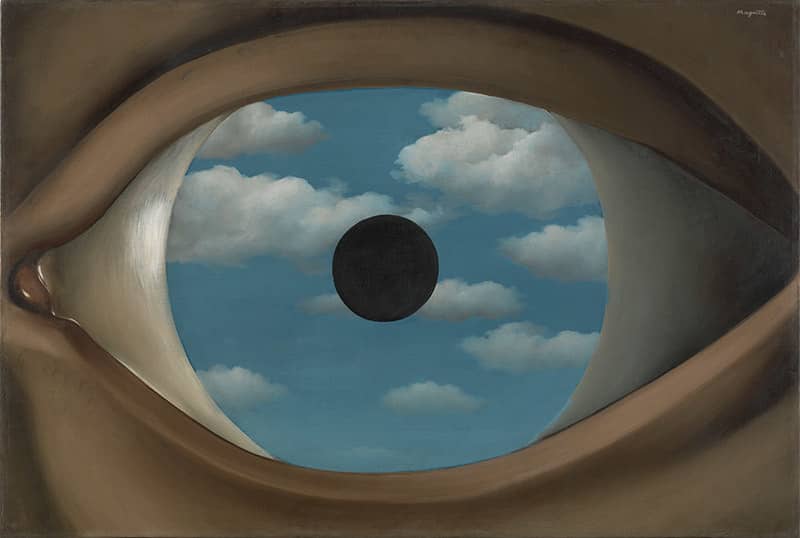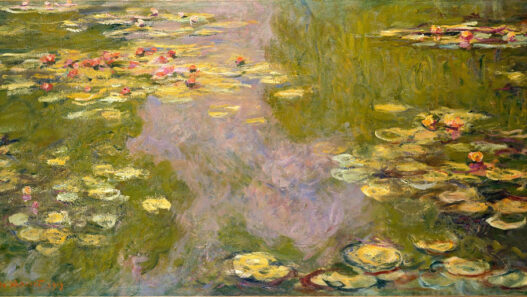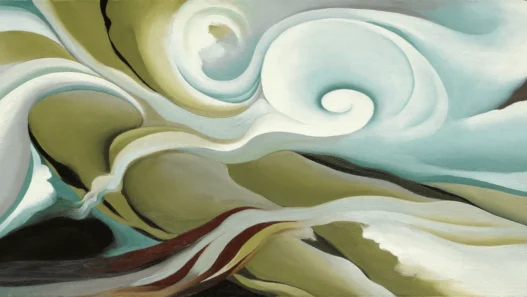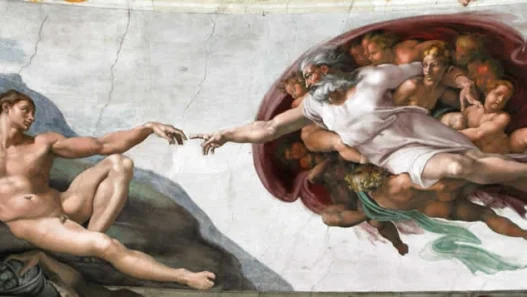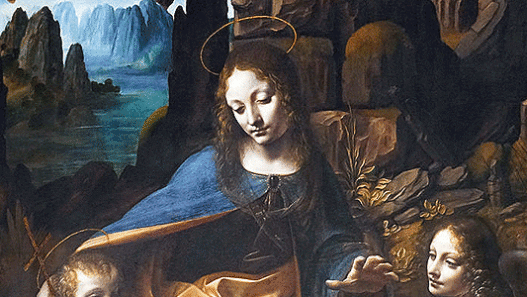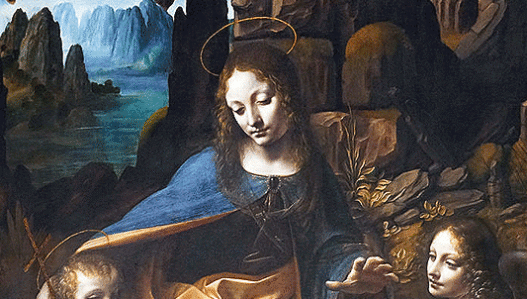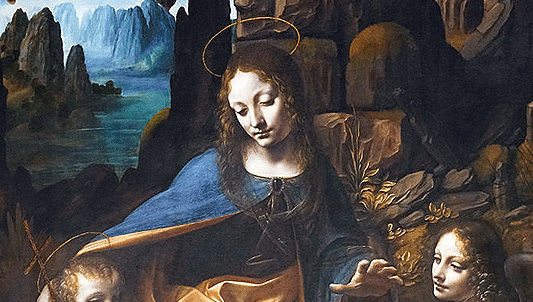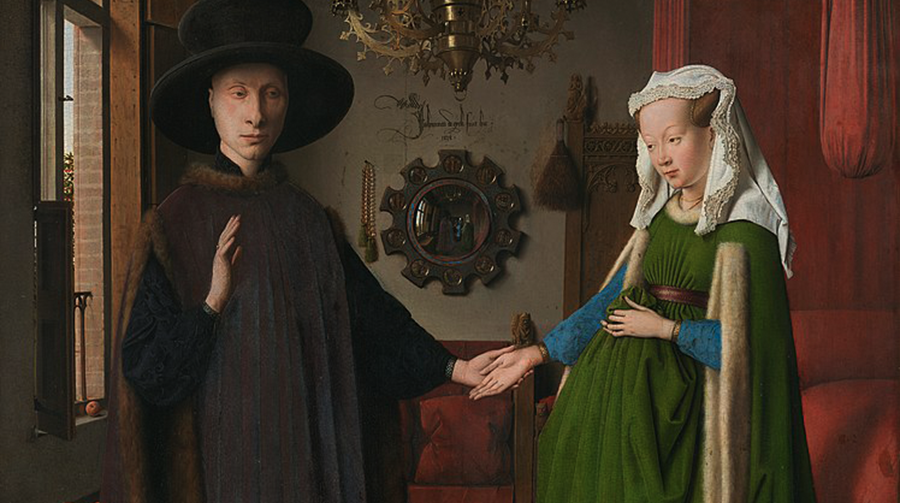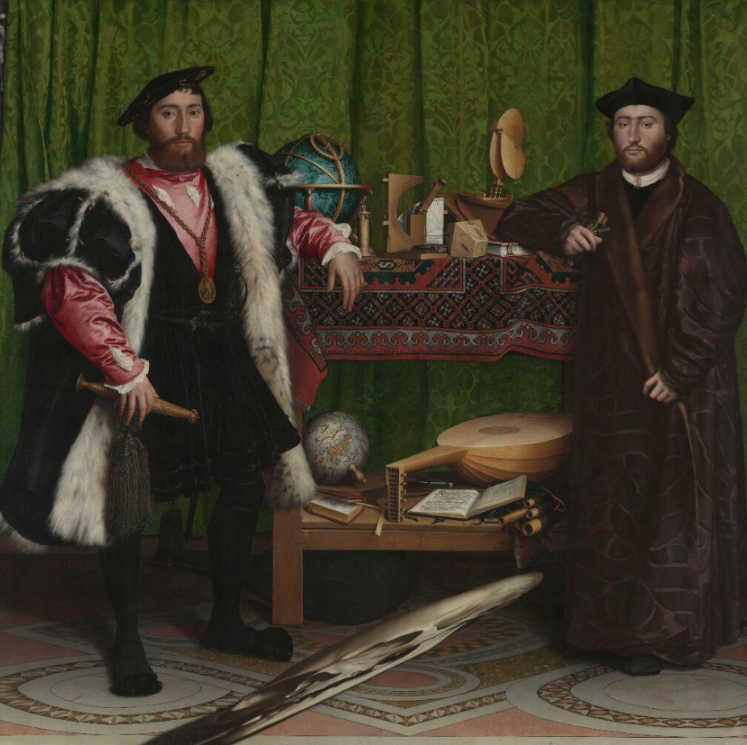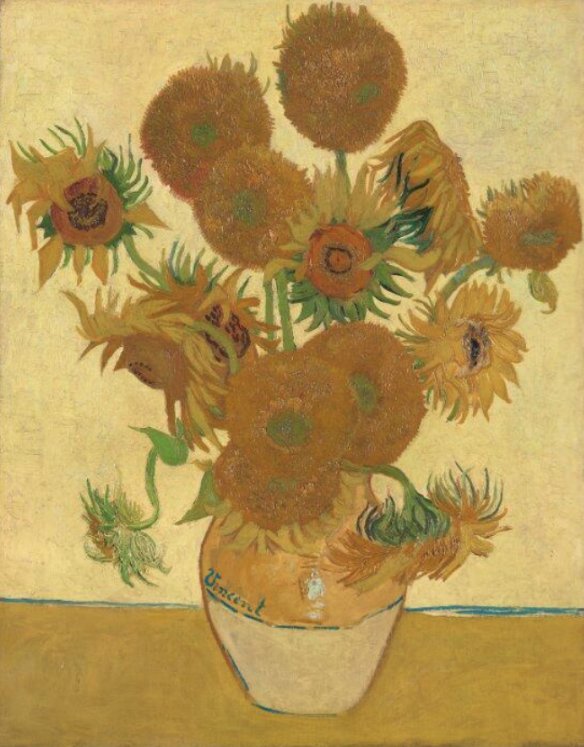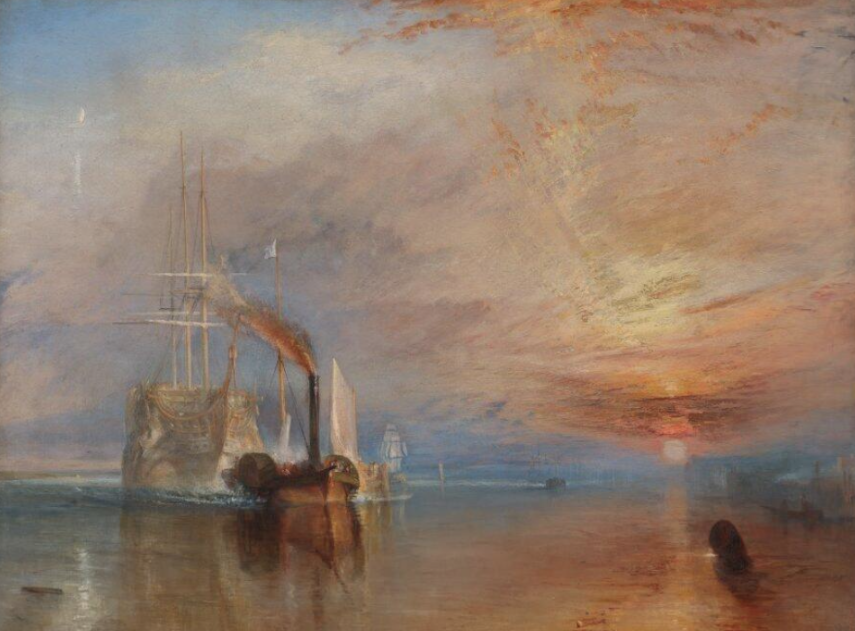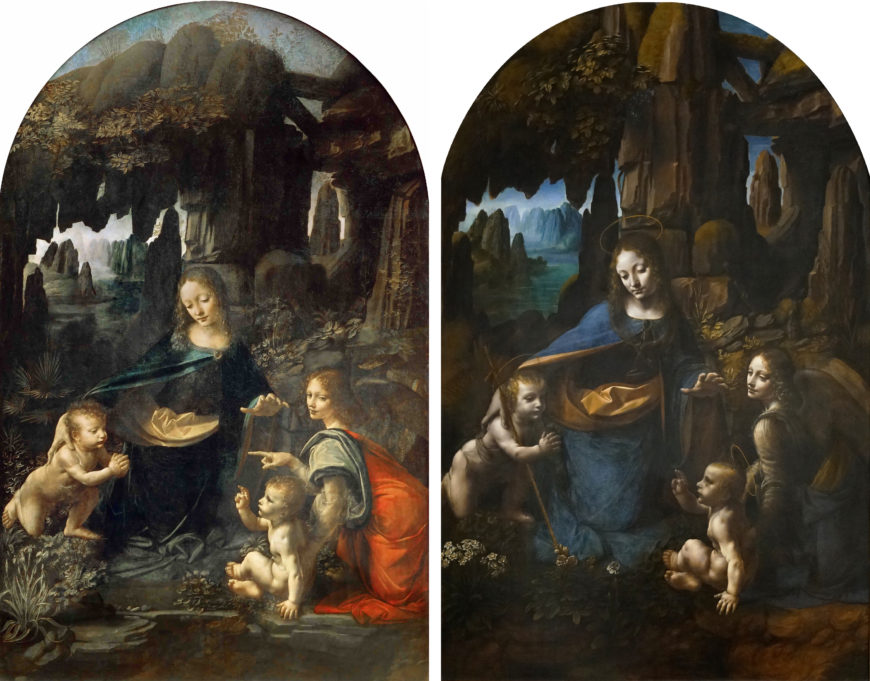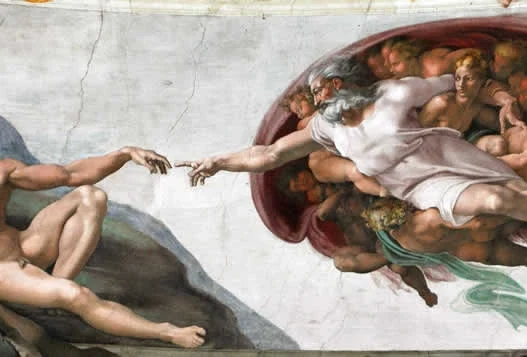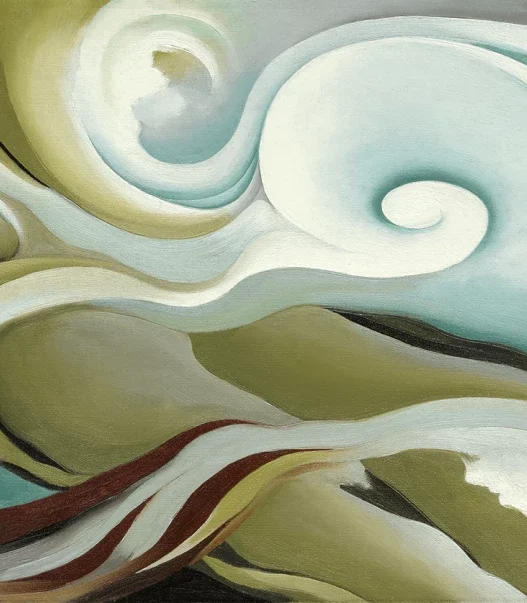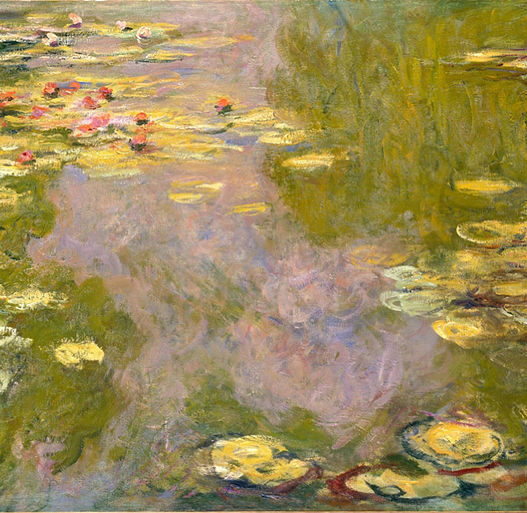The National Gallery in London houses an exceptional collection of artworks that span centuries and offer profound insights into human experience. Among these masterpieces, several stand out for their rich symbolism and enduring impact. Here are five of the most symbolic pieces in the National Gallery.
The National Gallery houses the most symbolic artwork in London, with centuries of ancient mythology and storytelling.
The Arnolfini Portrait by Jan van Eyck (1434)
According to The National Gallery’s official website, Jan van Eyck’s The Arnolfini Portrait (1434) is the most popular painting in their collection, based on the highest number of online views. It depicts Giovanni di Nicolao di Arnolfini and his wife in a richly adorned room, with meticulous attention to detail. The mirror in the background reflects two figures, possibly the artist himself and a witness, suggesting the presence of the artist and the act of witnessing the marriage. The convex mirror also frames a scene of the couple’s union, adding layers of meaning to the work.
The Arnolfini Portrait Symbolism
When you’re standing in front of this iconic piece, pay close attention to the convex mirror at the center of the room, reflecting not only the couple but also two mysterious figures, hinting at the presence of witnesses and the act of bearing testimony.
Look at the single lit candle above the couple, symbolising the divine presence or eternal light. The luxurious fabrics, elaborate carpet, and fine furnishings are more than decoration; they speak to wealth, status, and worldly success.
Even the small dog at their feet conveys loyalty and fidelity. Each detail is carefully chosen, inviting you to uncover layers of meaning about love, faith, and the social values of the time.
The Ambassadors by Hans Holbein the Younger (1533)
This double portrait features Jean de Dinteville and Georges de Selve, surrounded by objects that symbolise various aspects of 16th-century knowledge and culture. Among these items is a distorted skull, a memento mori that reminds viewers of mortality. The painting’s intricate details and hidden symbols invite contemplation on the transient nature of life and the pursuit of knowledge.
Sunflowers by Vincent van Gogh (1888)
Van Gogh’s vibrant depiction of sunflowers is imbued with personal significance. He created this series to decorate the room for his friend Paul Gauguin, symbolizing warmth, friendship, and hope. The sunflowers, in various stages of bloom and decay, also reflect van Gogh’s fascination with the passage of time and the cycle of life.
The Fighting Temeraire by J.M.W. Turner (1839)
This painting captures the final journey of the HMS Temeraire, a ship that played a significant role in the Battle of Trafalgar. The majestic vessel is shown being towed to its final berth, symbolizing the end of an era. The setting sun and the steam-powered tugboat in the background contrast the old and new, reflecting themes of change, nostalgia, and the passage of time.
The Virgin of the Rocks by Leonardo da Vinci (c. 1495–1508)
This painting captures the final journey of the HMS Temeraire, a ship that played a significant role in the Battle of Trafalgar. The majestic vessel is shown being towed to its final berth, symbolizing the end of an era. The setting sun and the steam-powered tugboat in the background contrast the old and new, reflecting themes of change, nostalgia, and the passage of time.
There are two versions of Leonardo da Vinci’s Virgin of the Rocks, with the Louvre version painted first. These works are an excellent starting point for exploring the defining qualities of the High Renaissance. Both paintings were created in Milan, where Leonardo had relocated from Florence, and they showcase his mastery of composition, light, and naturalism. For a deeper analysis, see Smart History’s detailed overview.
